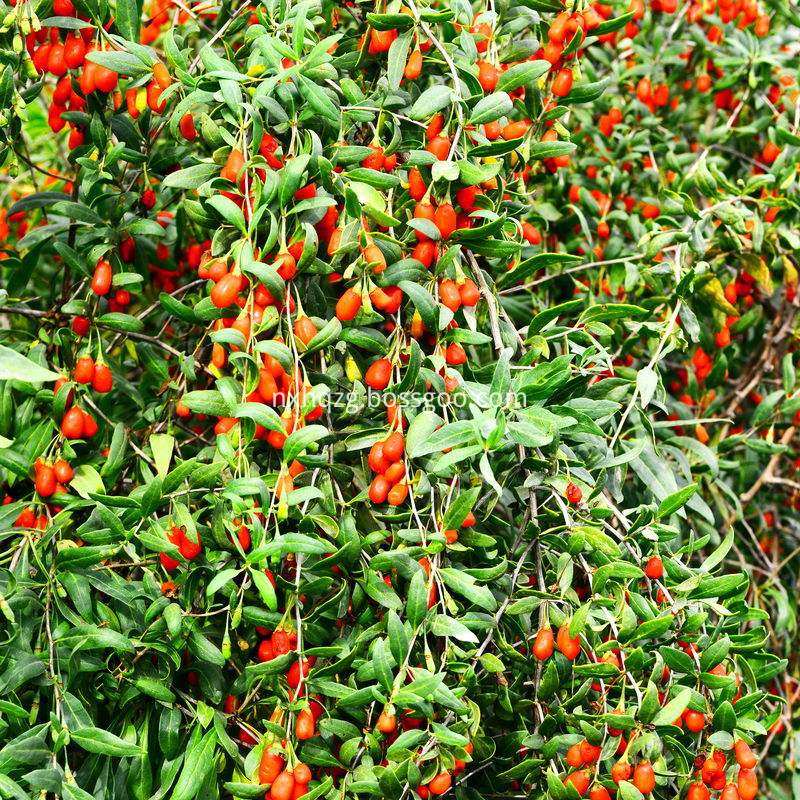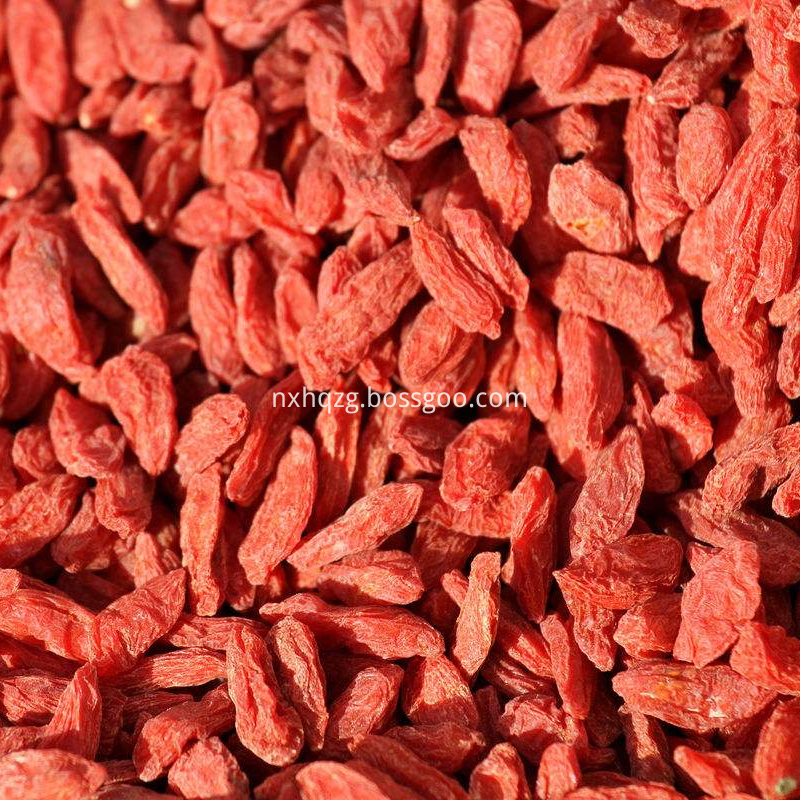Directly planting red pine grafted seedlings on afforestation land is the most effective way to establish high-yield seedling forests and seed orchards. In recent years, with the continuous prosperity of the Korean pine seed market and the continuous and steady improvement of economic efficiency, many of the city’s Korean pine forest units and forest farmers have benefited from it and have obtained considerable economic benefits. Some cultivated grafted seedlings to create a number of Korean pine seed groves or seed orchards. In order to make the pine grafted seedlings as early as possible after planting, increase the seed yield, and exert more functional benefits, it is of utmost importance to do a good job in the management and management of the Korean pine grafted seedlings after planting. After years of successful practice, I will now summarize the management techniques for the planting of Pinus koraiensis grafted seedlings for reference in practical applications. First, the planting method of grafted seedlings Generally planted red pine grafted seedlings in three ways: First, in the nursery to cultivate the rosary rootstock seedlings grafted, a year later, the grafted seedlings bare roots planted; Second, in the afforestation ground by 33M , 44M or 35M, and other lines spacing, colonization 4-5 years old rootstock seedlings, the implementation of local grafting; Third, in the cultivation of a good nutritional cup grafting, transplanting and colonization. The first two methods are commonly used. The cost is low and the method is simple and easy. Second, the tree management 1, untied plastic strips. Scion and rootstock grafting sites are wrapped with plastic strips, after survival, timely unbundling, is conducive to the growth of grafted seedlings. For the grafted nursery, in the year of grafting, it is better not to untie the plastic strips, and then to unbundle them after the colonization in the following year; if the grafted plants are used, it is better to revive them in May in the second year after grafting. In the same year, when the incision was completely healed and the scions grew well, they could be released in July. Most grafts in the year were not healed firmly in the same year and were easily endangered by humans and animals or natural disasters, resulting in scion broken, splitting and lowering of survival rate. Therefore, timely unbundling would benefit the survival and growth of grafted seedlings. 2, tree trim. Grasping the correct pruning method has a great influence on the survival and growth of grafted seedlings. Grafting seedlings need to be maintained for 5-7 years after planting. That is to say, a comprehensive pruning and trimming of the tree body should be carried out every year from February to March of each year to cut off the top of the branches of the rootstock that influence the growth of the scion, so as to ensure that the growth of the scion is always in the main branch. status. Within a few years after colonization, the high growth of scions was less than the growth of lateral branches of the rootstock, and the main branch of the scion was easily replaced by the side branches of the rootstock. Therefore, during the pruning process, only the main branches of the rootstock were cut off in previous years to control their high growth and retain other vegetative shoots. With the determination of the main position of the scion, and the formation of new multi-layer vegetative branches, then gradually cut off the rootstock side branches. When the grafted seedlings form a complete sapling, the tree trimming is completed. In order to ensure the preservation rate of the grafted seedlings after planting, the grafted seedlings shall be timely replanted at the cavity; if the scion has died and the rootstock survives, the plastic strips tied to the rootstock shall be promptly untied, and at the same time, Blindly cut the main branch of the rootstock, you can take complementary methods, try to graft on the main root of the rootstock, in order to facilitate survival. In order to increase the amount of tree seedlings, when the tree height of the grafted seedlings reaches 8 meters or more, the main shoots are cut off from the third layer of the tree crown, and 3-5 well-growing and well-distributed lateral branches are retained in the fourth layer of turnips. The future long main branch, all other side branches cut off. With this pruning technology, seed production can be increased by more than 50% and high economic benefits can be obtained. Third, the ground management 1, young forest tending. Every year from June to July, a mulching field will be conducted to cut off weeds and shrubs and place them between trees. The height shall not exceed 8 cm. According to the stand status and economic conditions, comprehensive tending, zonal tending or burrowing tending methods may be adopted and the tending period may be determined. 2, weeding soil. In order to retain water and nutrients, promote the growth of grafted seedlings, facilitate management and management, and in the case of conditions, we can adopt strips or cave-like methods for weeding and ripping. Strip loose soil is to build horizontal steps along the contour line Hengshan, bandwidth 1.0-2.0 meters; the hole-like loose soil is under the mother tree to expand the horizontal tree plate, length and width are 1-1.5 meters. Diseases and Pest Control The main insect pests of Pinus koraiensis saplings are pine maggots. Spraying 40% omethoate EC 800-1000 times solution from June to July has better control effect. The major disease occurred was Komatsu pine needle disease. In the May-June period, it was better to use 300-500 times more doses of onsenzinc or onsensonam. 5. After young trees are planted, the management of Pinus koraiensis grafted seedlings shall be carried out by special personnel, and key management shall be carried out. It is strictly forbidden for humans and animals to enter the harming mother tree, steal the mother tree, and set up fire prevention roads to prevent fires. Conditional fences can be set around woodland.
The size of the organic special grade wolfberry is 370 grams of /50 grams.
The management of organic wolfberry is divided into soil management, the management of the nutrition of Chinese wolfberry, the management of organic manure and organic residue, the management of the natural scientific rotation system, the management of weeds, the control, the training and management of the disease and insect pests.
The Lycium barbarum can effectively reduce the content of triglyceride and cholesterol in the serum of hyperlipidemia rats. It has the function of lowering blood lipid and regulating the lipid metabolism, and has a positive effect on preventing cardiovascular disease.
It is suggested that when we buy Lycium barbarum, we can put more than a dozen medlar into the water. If it does not fade, it means sulphur fumigated wolfberry, because sulfur is insoluble in water. If there is a red, it means that the pigment is used. The normal color is orange (pale yellow) with a small amount of floc floating.


Organic Red Goji Berry 370 Specifications
Organic Red Goji Berry 370 Specifications,Bulk Organic Goji Berry
Ningxia Hongqiaozhigu Technology&Development Co.,Ltd , http://www.guofuhui-ec.com

